3040006739301
Price Quote Get an up to date pricing and availability quote for this product. Order online or over the phone.
Quality Commitment
Serving our customers with quality and safety first.
- AS9120 Certified
- Audited supply chain
- ITAR Registered
- DDTC Registered
- HAZMAT Certified
- Customer service objectives
- Every product 100% inspected

3040-00-673-9301 Specification Set by the OEM (see RNCC code 3)
0.281in.
0.135in. ⁓9/64"
0.1562in.
0.0935in.
threaded
unf
steel comp 202 or steel comp 302 or steel comp 303 or steel comp 303se or steel comp 304 or steel comp 304l or steel comp 305 or steel comp 309 or steel comp 310 or steel comp 316 or steel comp 316l or steel comp 317 or steel comp 321 or steel comp 322 or steel comp 324 or steel comp 347 or steel comp 633 or steel comp 634 or steel comp 403 or steel comp 405 or steel comp 410 or steel comp 414 or steel comp 416 or steel comp 416se or steel comp 420 or steel comp 430 or steel comp 430f or steel comp 430fse or steel comp 431 or steel comp 440a or steel comp 440b or steel comp 440c or steel comp 440f or steel comp 440fse or steel comp 446
QQ-S-763 fed spec single material response
rectangular, single bolt secured
computer air speed
Cross Reference Parts Part numbers that meet the specification outlined on this page and set by the OEM
Identification Item Identification Guide (IIG) and Item Name Code (INC)
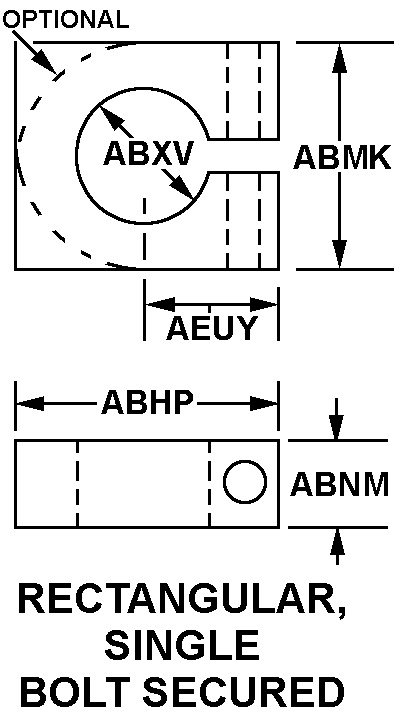
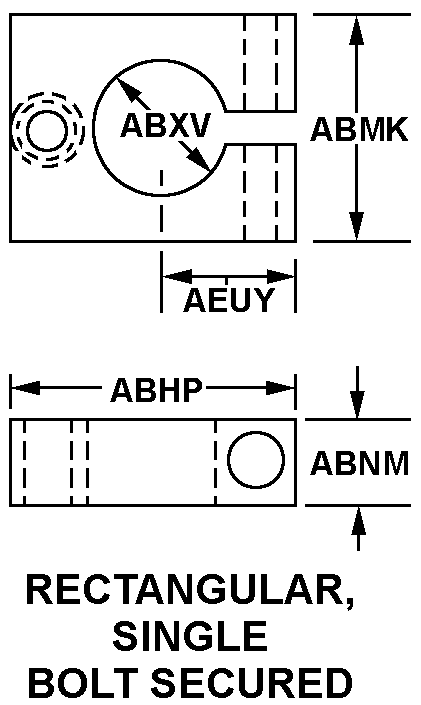
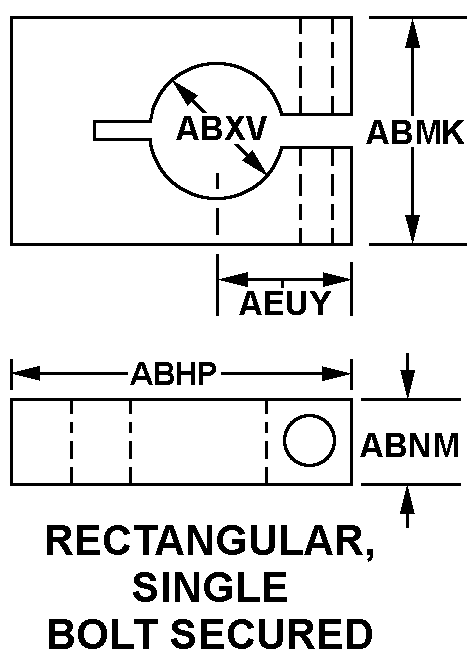
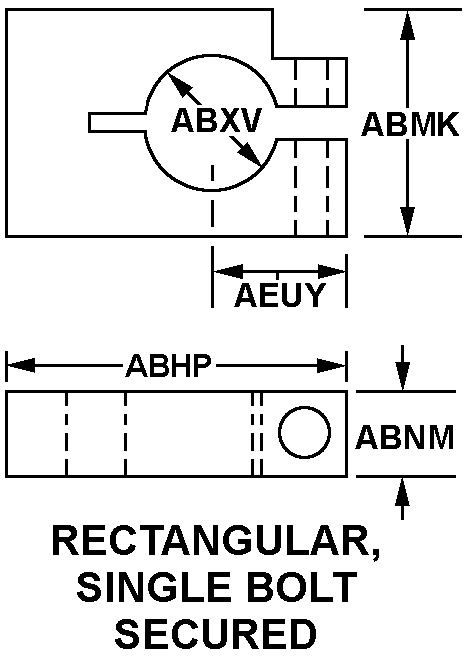
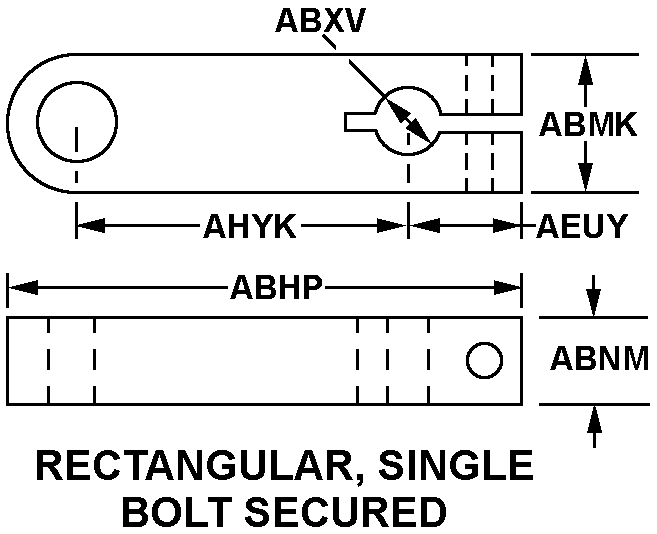
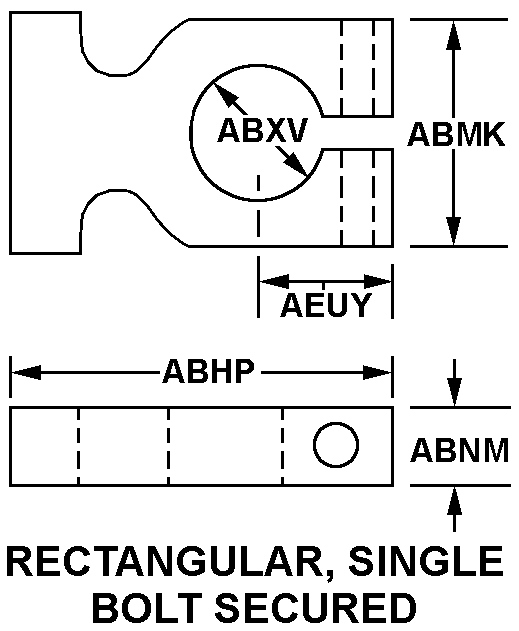
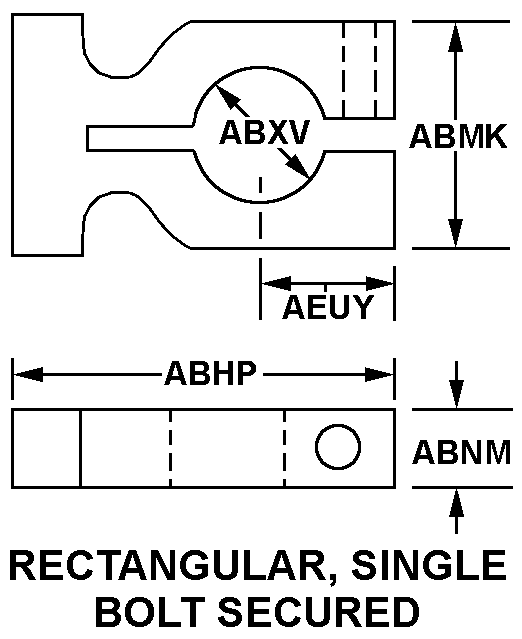
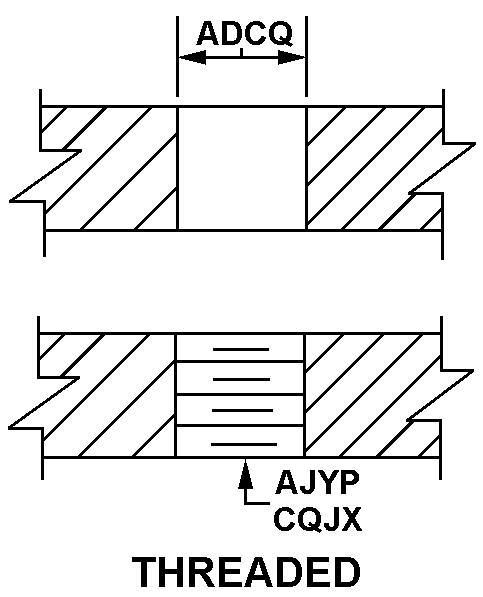
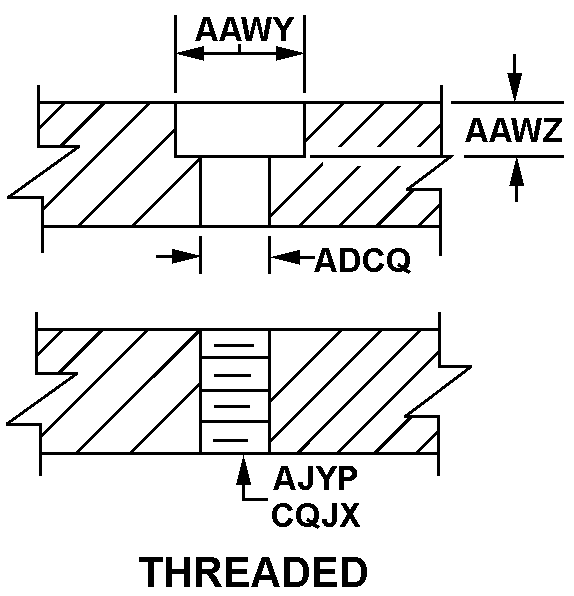
Definition Definition of approved item name (AIN): "CLAMP,HUB"
An item designed to be mounted around the extended hub portion of a gear, wheel, or the like, to retain it securely to a shaft by compressing the slotted hub body. The item may also be used to clamp around a shaft, or the like, to prevent end motion or to retain it in position. Its compression quality is derived from a screw(s) or bolt(s) which may be a part of the item of supply. For items designed to secure directly to a shaft by use of setscrews, pins, or the like, see collar, shaft. Excludes clamp, loop.
3040-00-673-9301 Material Hazmat, Precious Metals, Criticality, Enviroment, and ESD
Indicates there is no data in the hmirs and the nsn is in a fsc not generally suspected of containing hazardous materials.
Item does not contain precious metal.
The item does not have a nuclear hardened feature or any other critical feature such as tolerance, fit restriction or application.
Identification Codes
HMIC: Hazardous Material Indicator Code. A one position code that identifies a hazardous item.
PMIC: Precious Metal Indicator Code. A one position code which identifies items that have precious metals as part of their content. precious metals are those metals generally considered to be uncommon, highly valuable, and relatively superior in certain properties such as resistance to corrosion and electrical conductivity.
ESD: Electrostatic Discharge. Indicates if an item is susceptible to electrostatic discharge or electromagnetic interference damage. electrostatic discharge damage occurs when an accumulation of static electricity generated by the relative motion or separation of materials is released to another item by direct contact. electromagnetic interference damage occurs when an item comes into proximity with an electrostatic or magnetic field.
ENAC: Enviromental Attribute Code. Identifies items with environmentally preferred characteristics.
CRITL: Criticality Indicator Code. Indicates an item is technically critical by tolerance, fit, application, nuclear hardness properties, or other characteristics.






